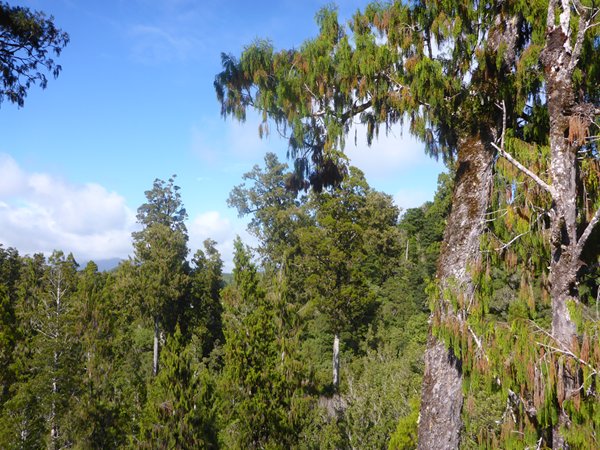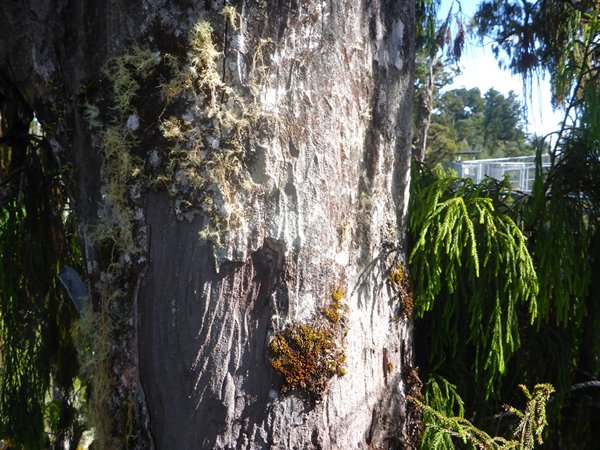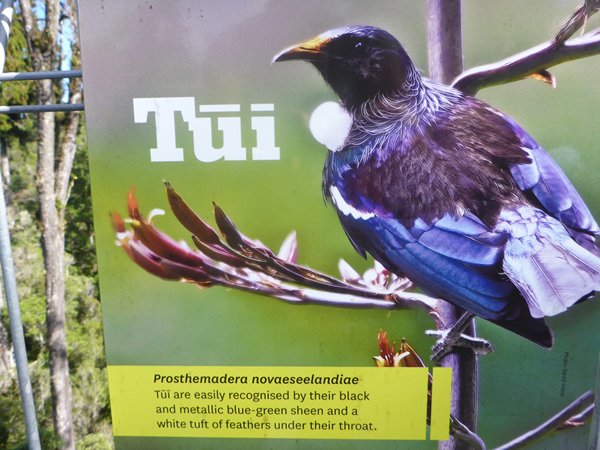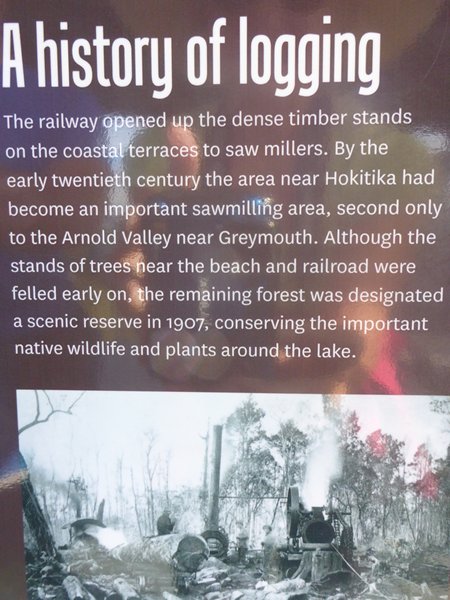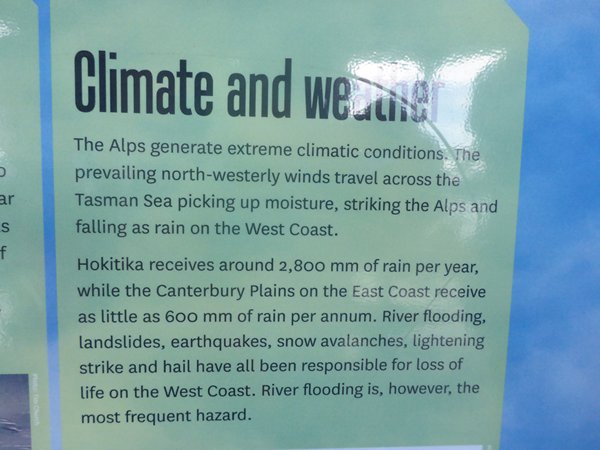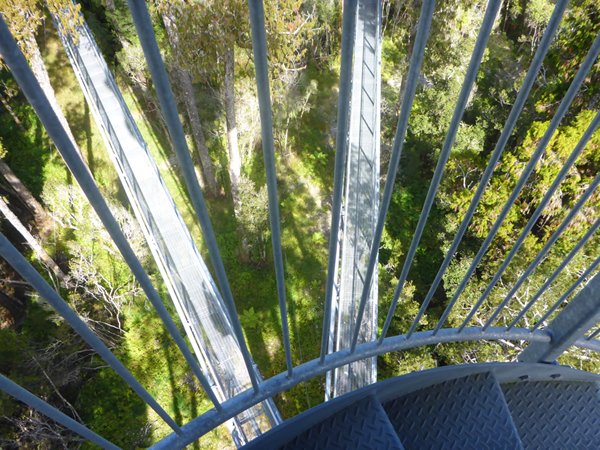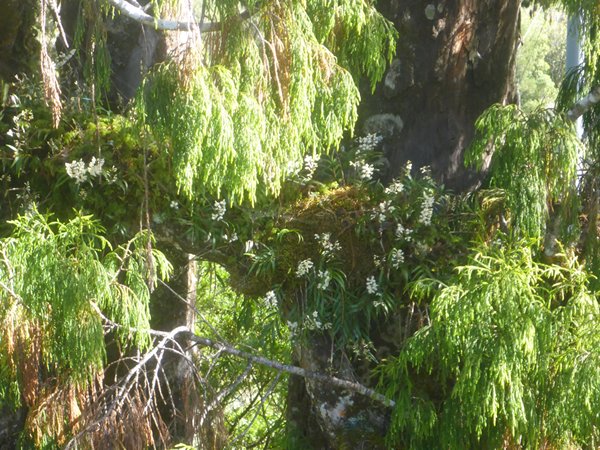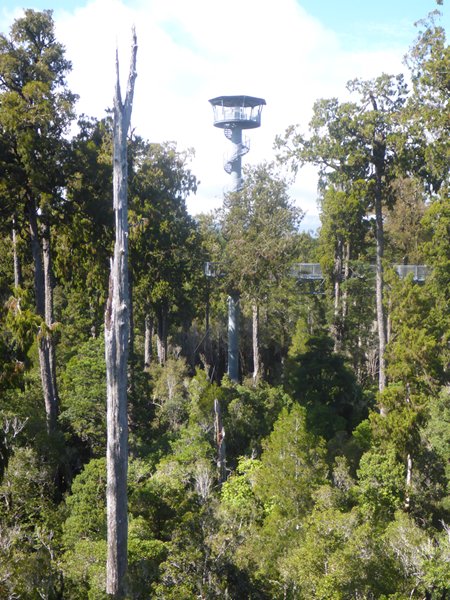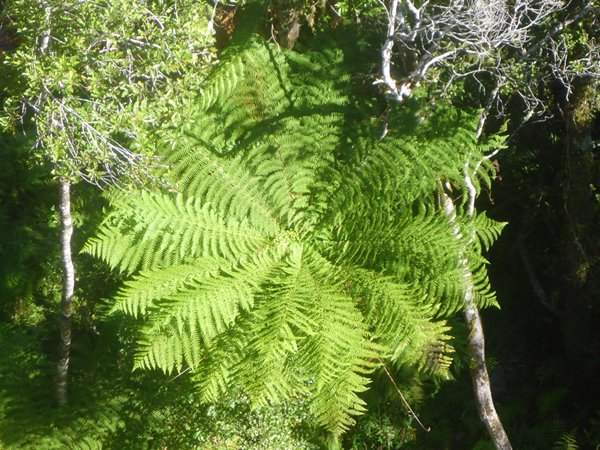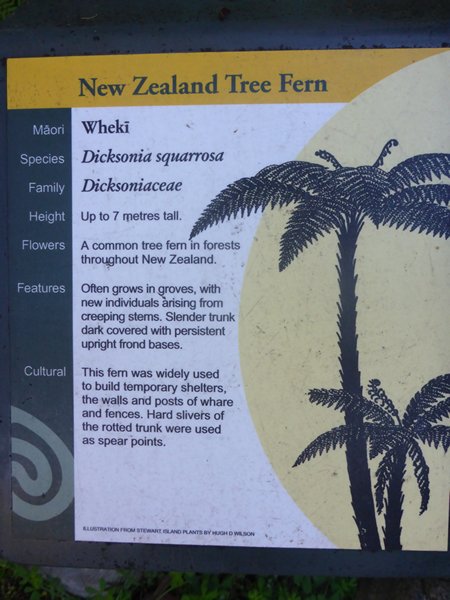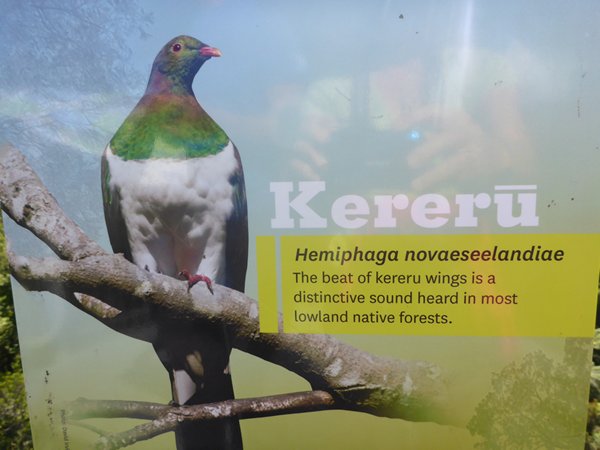The EvolvingTrees of Gondwanaland

|
A High Time in the Bush Twenty metres high in fact and we were walking the Australian made walkway amongst trees, lichens, mosses and ferns that have evolved here in isolation since New Zealand (Aotearoa in Maori) broke away from the fabulously named Gondwanaland landmass 65 million years ago. This land was once part of our friends in Hokitika, Jane and Paul’s, dairy farm. In the distance to the east are the majestic mountains of Arthurs Pass National park in the Southern Alps range and between the forest and the coast is Lake Mahinapua. Before the West Coast Highway was opened it was a convenient means of travelling from the busy ports of Hokitika and Greymouth to the goldfields around Ross. At first all seems quiet in the tree tops as we started our walk with just one other couple a short distance behind us. Then a Kereru pigeon cannot escape notice with its noisy wing beat as it flies past. It is the only bird big enough to eat the big red fruit of the Miro tree and pass it whole so it can then germinate. The tallest trees around us are mature Podocarps including the Rimu Trees which grow tall and straight. Now protected the Rimu was much sought after by loggers for building and export. It was like standing on a terrace in a football stadium filled to capacity with trees instead of fans of all sizes. Amongst the young growing versions of podocarps, at six to fifteen metres are broadleaf trees such as the Kamahi and giant ferns that look so perfect and lacy from above. I remember once watching a programme with David Attenborough hoisted up to the tree canopy in some tropical rainforest to see all around him a vast garden filled with brightly coloured flowers. It was quite a surprise, I had never realised that trees flowered in profusion at their summits. Since then I have always wanted to see trees from above, so this was a priceless experience for me. Beautiful little orchids hung harmlessly from their mighty hosts, soaking up the sun. I learned on a visit to the Orchid House at Kew Gardens that orchids grow in the clefts of trees and we have seen it in all the tropical and sub-tropical forests we have visited, but here it was high up, close and very pretty. Being so close to the moisture laden air off the Tasman Sea this area gets high rainfall, 18.4 metres in 1997 was recorded just 30km inland from here. The wet air is forced upwards when it hits the slopes of the Alps cooling it so the moisture is released as rain, giving this area a soaking from both sides. I love the way in these forests rotting and dying trees are left untouched and unruly because they then provide a home for a myriad of bugs which in turn are fodder to birds, remember the cute kiwi with its very long beak and nostrils at the pointy end, and the similar but more practical Weka. So many people think they’ve seen a kiwi when they have really seen a Weka. Our bird tally included the Kereru in the photo, a Sacred Kingfisher and fantails with their delicate trill. Then we were off for a 24 hour interlude up to Greymouth to meet with Sue and Chris from Larry, whom we had met in the Spanish Rias at the start of our journey. They were on a whistle stop tour of the South Island and we had worked hard mentally to find a time and a place where our routes would coincide. They were to arrive by car the next day having crossed Arthur’s Pass from Christchurch to change to a camper van and head north for Abel Tasman and some trekking. When they booked the scenic train was still running, but then the forest fire damaged the track and the train was parked in the tunnel to protect it from the fire. So that mode of travel was replaced with a car they were effectively returning to its base for the hire company. Since they were doing the company a favour they were only charged $4 for the hire. We pitched our tent on almost exactly the same site as on our previous visit and went for a walk along the Greymouth beach. Walking back along the path that leads right into town via the Blaketown Breakwater we crossed a tiny stream. Back in the early gold rush days before licences were allocated for panning, two brothers and their friend from Aussy panned for just a few months of sieving gold in various shapes and sizes from the flowing water of this little stream. When they returned home they sold the gold for $3.4 million at todays value. Not bad for a few months back breaking work. The day dawned misty and grey so we went to see if Richard was at the end of the harbour wall with his coffee and waffles in a lifeboat, but he wasn’t there. Maybe it was his day off or he’s finally bought the boat of his dreams. We spent over two happy hours chatting with Sue and Chris while having lunch in Speights Brewery Ale House right opposite the station and parted with the aim of seeing them next when they arrived for a charter holiday in Vavau, Tonga in October. Loose plans are always the best as situations can change things and Rob and I know the importance of being flexible. By now we were looking forward to returning to Zoonie and although we did not want to hurry the last part of our land trip we felt a sense of needing to move on fairly briskly as if the timing of our journey had some higher importance as yet unbeknown to us. |
